Today we start a travelogue series to walk you through the first of my two Japan Winter Wildlife photography tours, during which we visit the snow monkeys in Nagano for three days before traveling up to Hokkaido, the northern-most island of Japan for a further nine days of majestic winter wildlife.
This tour seems to become more and more productive, despite me trying to gradually up my game, selecting my images with higher standards each year. As I prepared for this podcast I went through my current selects, which total 458 images, and on my first pass, I had a massive 147 images that I felt were good enough to talk about. I’ve ended up starting this first episode still not knowing how many images we have to talk about.
I guess we’ll just jump in at the start of the tour, as we got into photographing the snow monkeys. There wasn’t a lot of snow in the valley where the monkeys bathe in their hot spring bath, so the background was going to be a bit messy, but as is often the case, when weather conditions take one thing away, they generally give us something back.
The temperature was a little colder than usual, causing a lot of steam to rise from the hot water, as you can see in the first image for today (below), so with patience and a bit of luck, it was possible to capture some beautiful images of the snow monkeys at just the right time as the mist cleared around them, but stayed in the background enough to clean it up nicely.
The expressions on the faces of the snow monkeys as they bathe never cease to amaze me, in how human-like they are, and I felt very fortunate that the mist cleared just long enough for me to capture this moment. You might not think it from looking at this, but it really is split-second timing, so getting a nice expression at the same time as getting a window through the mist takes a fair amount of patience.
I generally only take my 100-400mm lens into the Snow Monkey park these days, as that’s all I need. My settings for this shot were an aperture of f/8 for 1/250 of a second shutter speed at ISO 1600, and a focal length of 400mm.
The next image is from our second day with the snow monkeys, and there was less mist over the hot spring pool, but again, a great expression in this snow monkey as it relaxes in the bath (below). This time the monkey looks a little like an old curmudgeon with the way its lips are being pushed out by the side of the pool.
Because it had been snowing, there are lots of droplets of water in the monkey’s hair, which has become a bit frizzy from the moisture too, adding an almost comical element. I cropped this down just a tad around the top and side edges, for a closer look, but I was zoomed to the full extent of my lens at 400mm for this shot. My ISO was set to 1000 for a 1/320 of a second exposure at f/8.
Capturing the expressions on the monkeys’ faces or their human-like mannerisms has become a bit of an obsession for me over the years, so I was happy to capture this next image too, of a young monkey riding its mother’s back with his finger in his mouth (below).
The mother here is foraging for grain that is thrown out for them by the park wardens, and this was one of the few areas where there was a good full snow covering, so that worked well. It’s great that these monkeys have snow on their backs too, as that helps to show how harsh their environment can be. My settings were ISO 400 for a 1/500 of a second at f/8, and I was relatively wide with a focal length of 170 mm for this.
The last image (right) that I want to share from the snow monkeys is from later in the day, down the valley a little, where we often find monkeys huddling together to keep warm.
These can be difficult shots to compose, as the background was just brown rock, with some patches of bright snow, so I went in as close as I could to crop all of that out.
It felt natural to go to the vertical portrait orientation, as that helped me to get the three adult monkeys’ faces in while including the baby’s face and his mother’s hands.
I was aware that I was cropping away the two smaller monkeys hands and cutting the mother’s ear in half, but I felt this was necessary to really show the expressions on the monkeys’ faces while keeping the background to a minimum.
I’m very happy with the results though. I get so much from the expressions on these faces, especially the middle monkey with its eyes closed. We can read many different feelings or emotions into that expression.
My settings were ISO 1250 for a 1/400 of a second at f/11, and a focal length of 321 mm.
The third morning with the snow monkeys was somewhat uneventful, with most of the monkeys staying up in the sunlight on the mountains rather than coming down to the pool or the valley, so I didn’t really get anything to share from our final few hours in the park for tour #1.
After returning to Tokyo and spending a night in the hotel near the airport, we flew to Hokkaido bright and early the following morning and went straight to the Akan Crane Center. Apparently, there has been so little snow in Eastern Hokkaido this year that the grass was still showing until two days before we arrived. Luckily, there had been some snow, but as you can see in this first photo (below) it had been well trodden by the cranes and swans, and the harsh sunlight didn’t make it look as good as we’d hoped.
Still, it was nice to catch these two cranes singing in an open area, and I love how the wings and tail of the crane to the right are splayed open so that we can see all the beautiful detail inside. That and the fact that we can actually see their thin tongues makes up for the fact that the birds would otherwise simply be looking in the wrong direction. My settings were ISO 400 for a 1/1000 of a second at f/11, and I was using my 200-400mm lens with the 1.4X Extender engaged, for a focal length of 560 mm.
In this next image (below) we see two red-crowned cranes crossing as they sang together, and once again, apart from a swans head in the bottom right of the frame, which I cloned out, they were in a clear enough area that I was able to capture them with some nice space around them. I do wish the snow was less textured, but there wasn’t a lot we could do about that. I was more just happy to have any snow at all at this point.
It’s also a pity that these cranes were so far to the right of the field that the sun wasn’t catching their eyes, giving them a catch-light, but had I been further to the right myself, I would obviously not have gotten this angle and the cross-over, so there is always an element of luck, whether it works for us or against us. I’m still happy with the photo mind. My settings were ISO 400 for a 1/1250 of a second at f/10, again at 560 mm.
At the end of our first day in Hokkaido, we moved to a place where I like to do some panning shots as the light drops. The wind direction caused most of the cranes to fly away from where we are able to photograph them from, but I still got a few shots that I quite like, such as this one (below).
Although I like to get the heads of birds sharp in my panning shots, the reality is that at 1/40 of a second you really will only get just a few images where that happens, and sometimes, as with this image, the aesthetic nature of other parts of the image win over the technical desire to get a sharp head. Here I simply love the shape of the feathers, especially those on the right wing of the right of the two cranes. You can almost feel the air rushing between those flight features causing them to ripple as they have here.
My settings were ISO 100 for a 1/40 of a second, at f/14, at 533 mm. I find that around 1/40 of a second is a nice sweet-spot for panning images with large birds like these. I try to work between a 1/25 and a 1/50 with a 1/25 giving much more blur, but also getting much more difficult to get anything sharp enough to act as a visual anchor for the image.
We went to the Otowa Bridge at dawn on our second morning in Hokkaido, but unfortunately, it clouded over as we waited for the sun to rise, so hoarfrost did not form on the trees either side of the river. I got a few nice shots of some of the crane’s flying towards us as they left the river, but the dark background really doesn’t work very well, so I’ll keep them to myself.
Last year we had so little success finding a Ural owl on the nests that I know that we usually visit later in the tour, that I decided to take the group to a nest that is close to where we photograph the cranes. The local photographers have done a good job of putting ropes in place at a point where you can’t get so close that you might disturb the owl too much, and more importantly, this stops people throwing things at the tree to wake the owl up, or make him fly.
And yes, you’d be amazed, but there are people from certain neighboring countries that have been seen doing this. This is also why so many of the owls have moved deeper into the woods, so now there are fewer photo opportunities for all of us, thanks to irresponsible actions of a selfish few.
Because of the new distance, I had to put a 2X Extender on to my 200-400mm lens, and with the internal 1.4X Extender engaged, I had to manually focus for this shot at 1,120 mm. The image is very slightly soft too, because of using two Extenders, but it’s sharp enough. I love the smiling eyes on this owl, probably because he no longer has to worry about having things thrown at him. My other settings were ISO 800, for a 1/320 of a second at f/11.
The rest of the day at the Akan Crane Center was a little uneventful again, so especially with the heavily textured snow, I don’t have any real picks, but we did visit the panning location at the end of the day again, and I quite like this next image (below) from that shoot.
Again, the cranes were running and taking off in the opposite direction to what I usually look forward to shooting at this location, but I think this works, because of the beautiful patterns of the wings as this group of cranes starts to take off against the dark background. My settings were ISO 800, this time at my slowest panning shutter speed of 1/25 of a second, at f/14, and a focal length of 560 mm.
The following morning we revisited the Otowa Bridge, and this time we were a bit luckier with the hoarfrost, as you can see in this last image for today (below). It wasn’t the strongest frost I’ve seen, but it was enough to make the scene quite beautiful, and compared to the previous day, we got some great images.
Because it was pretty cold though, relative to already very low temperatures of course, the crane’s were not very active, except for a flurry of dancing while it was still pretty dark, and then these three crane’s walked quite a way into the foreground, but otherwise, this was more about capturing the scene. My settings were ISO 800 for a 1/400 of a second at f/14, and a focal length of 400 mm.
After breakfast on our third day in Hokkaido, we drove over to the next location where we’d planned to spend two days photographing the Whooper Swans, but when the forecast was for snow at the crane center, on our fifth day I decided to bring the group back to the crane’s where we got some pretty special images of them in the falling snow and with a much cleaner covering of snow on the ground.
That’s a few days further into the travelogue though, and as we’ve reached my usual ten photo limit, we’ll wrap it up there for today, and pick up the trail next week with some Whooper Swan shots before returning to the cranes.
Snow Monkeys & Hokkaido Tour & Workshop 2020
Our 2019 Snow Monkeys & Hokkaido Tours have been sold out for a while now, but we have just started taking bookings for 2020, so if you think you might like to join us, please take a look at the tour page at https://mbp.ac/ww2020.
Show Notes
Booking for 2020 is now open here: https://mbp.ac/ww2020
Subscribe in iTunes for Enhanced Podcasts delivered automatically to your computer.
Download this Podcast in MP3 format (Audio Only).
Download this Podcast in Enhanced Podcast M4A format. This requires Apple iTunes or Quicktime to view/listen.

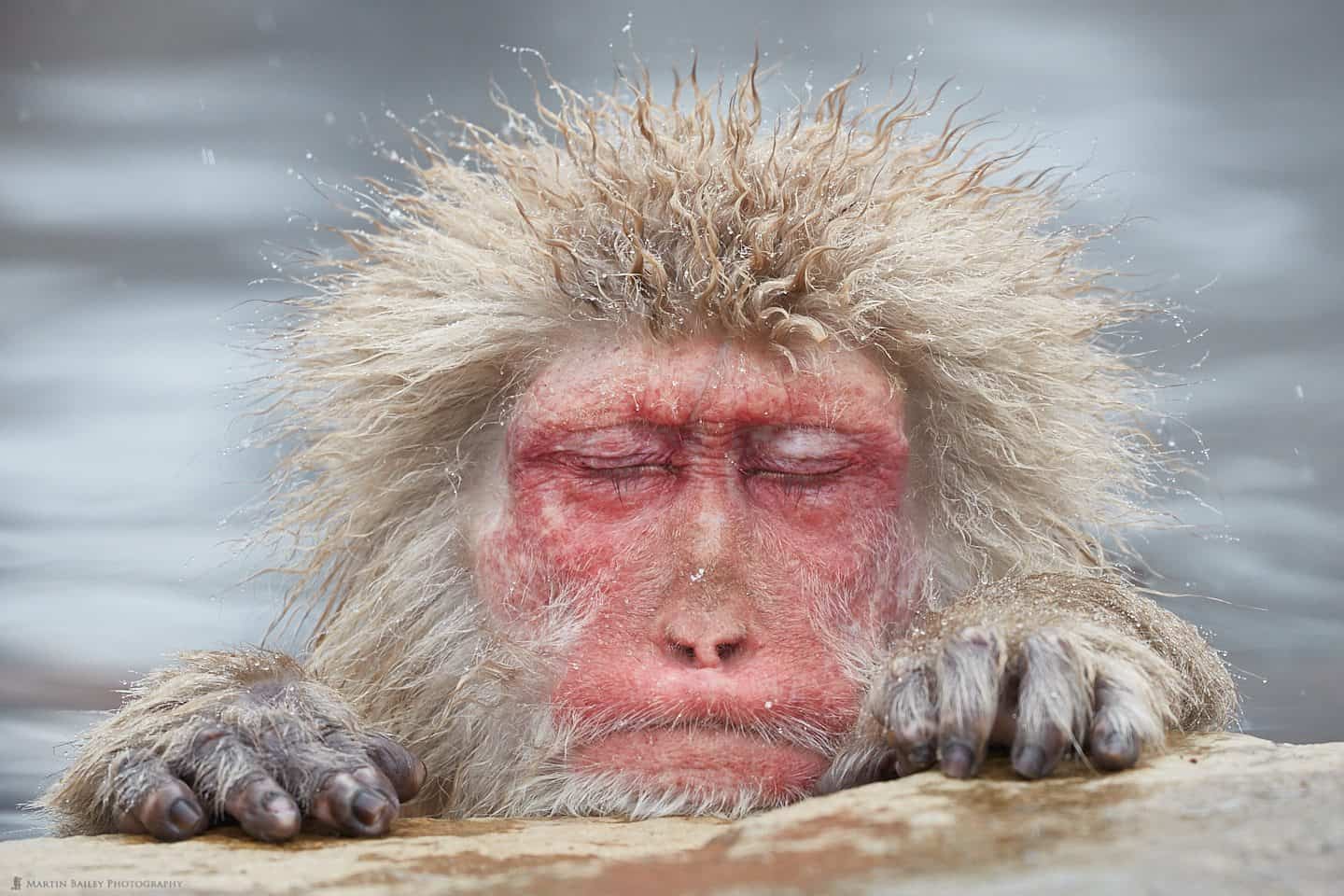
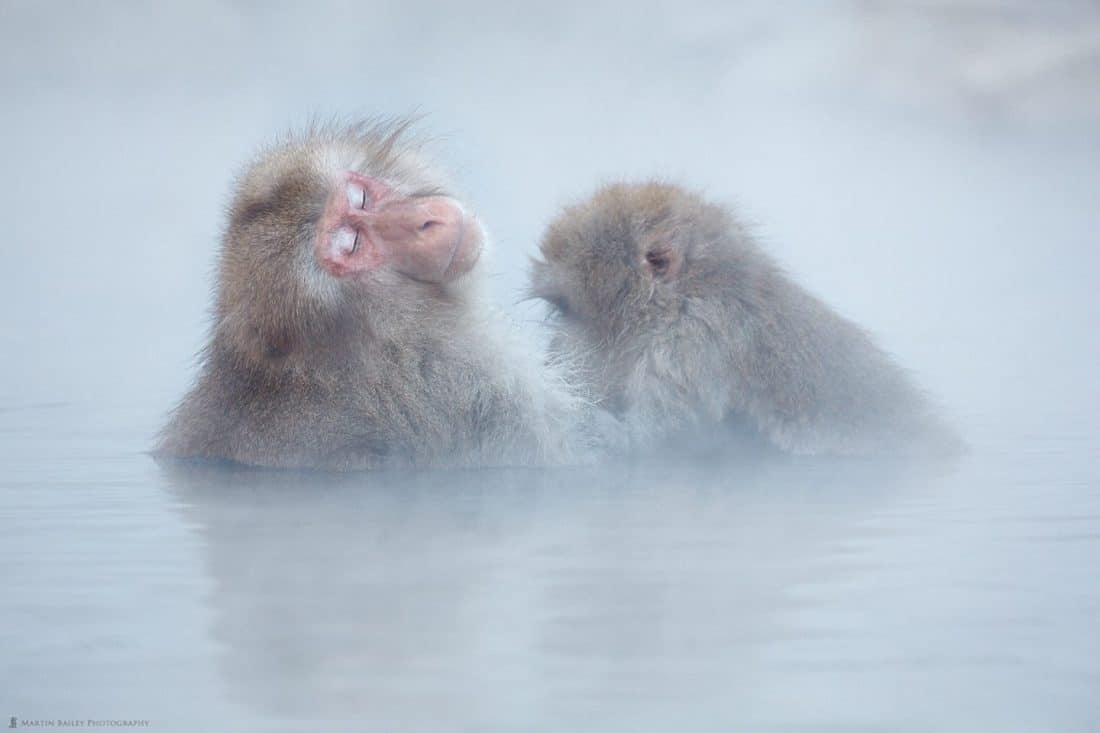
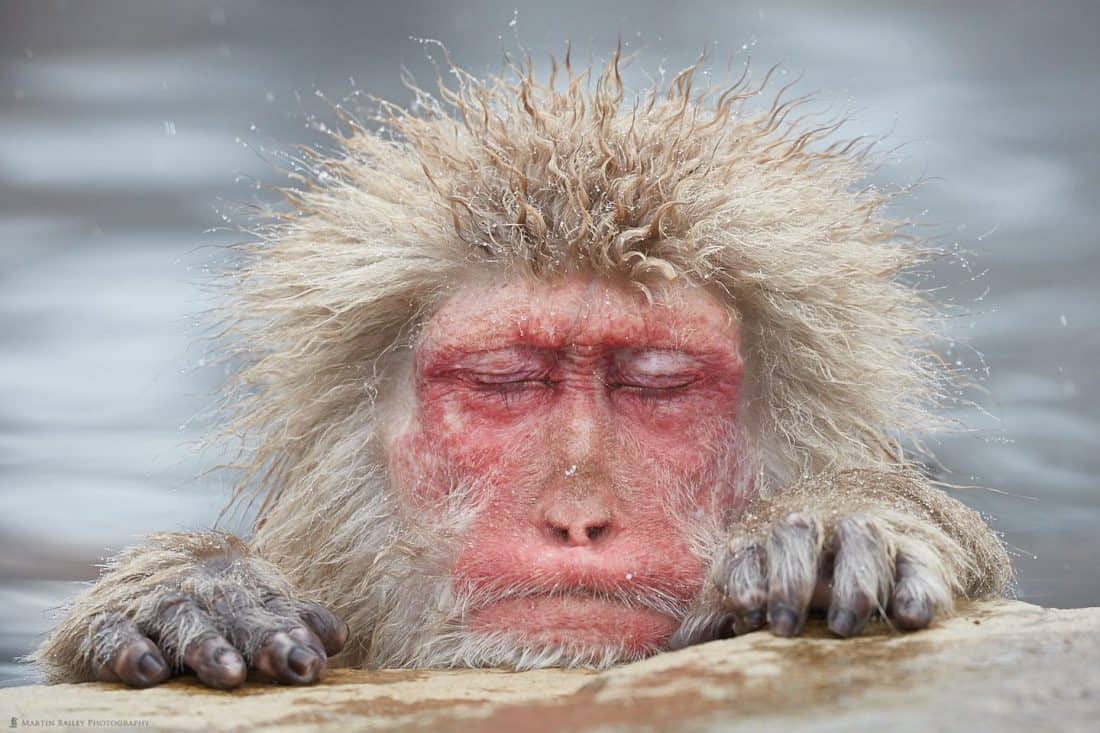
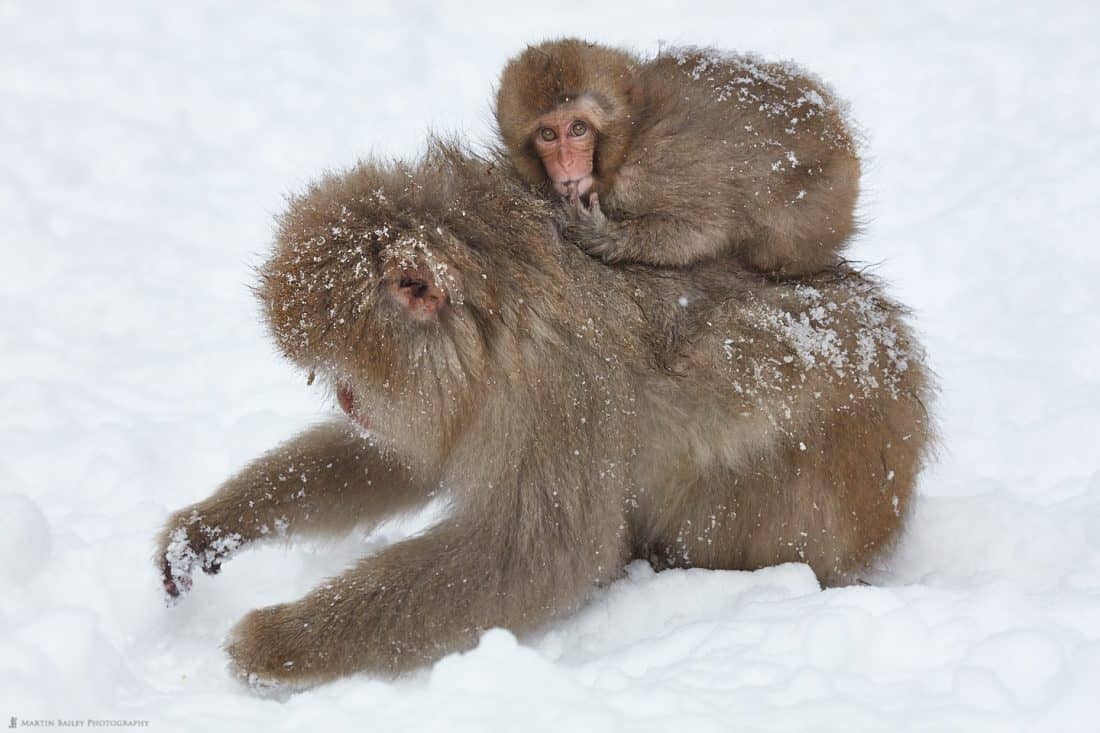
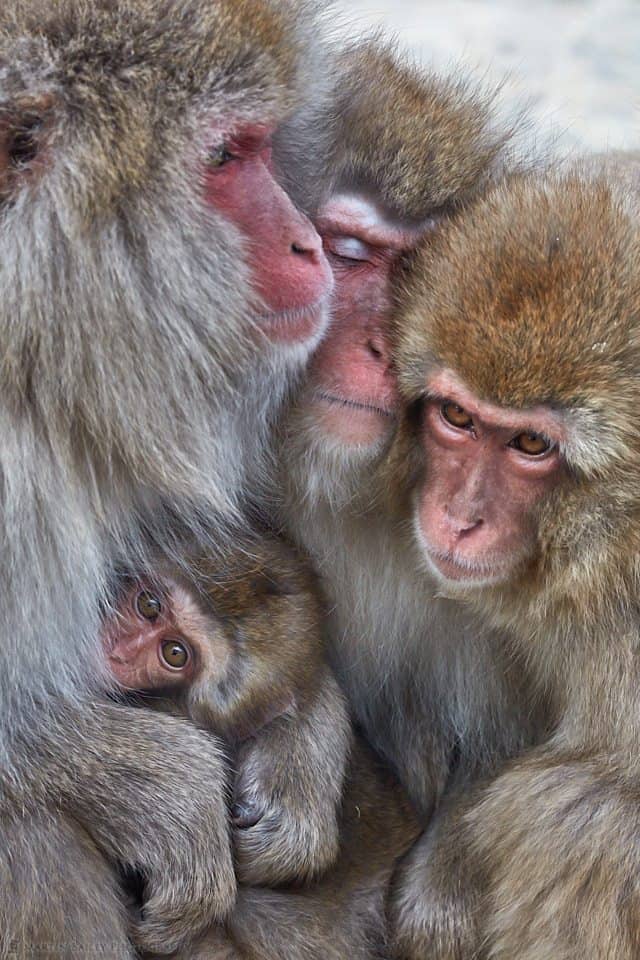
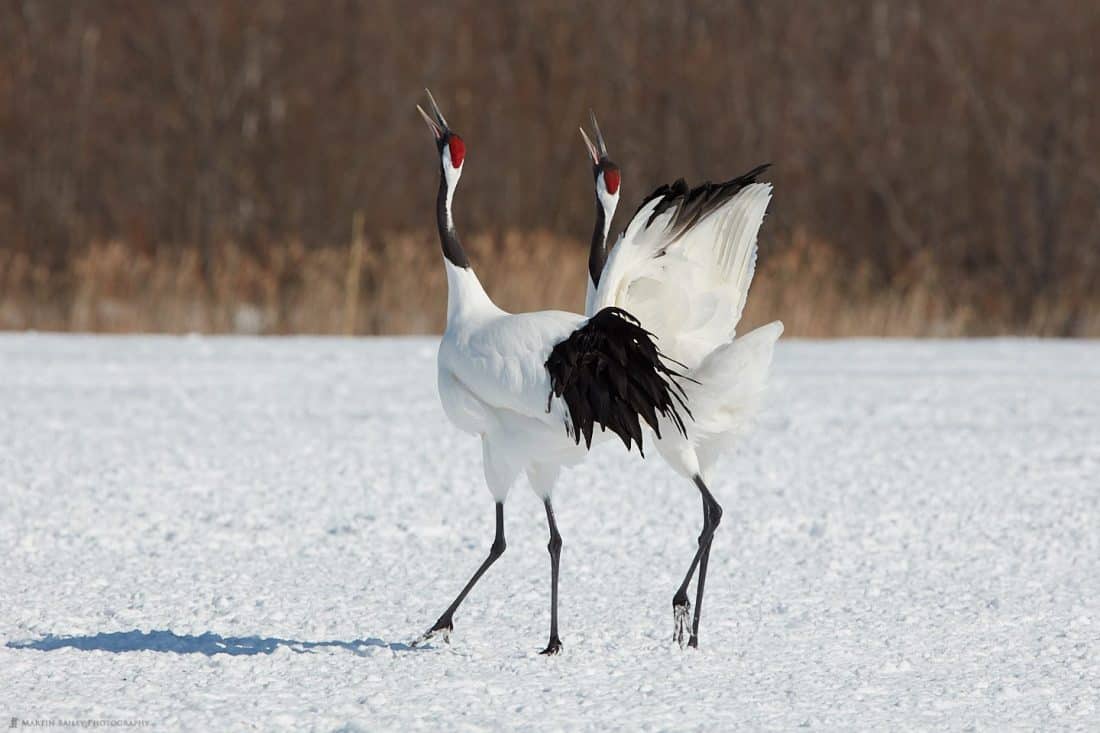
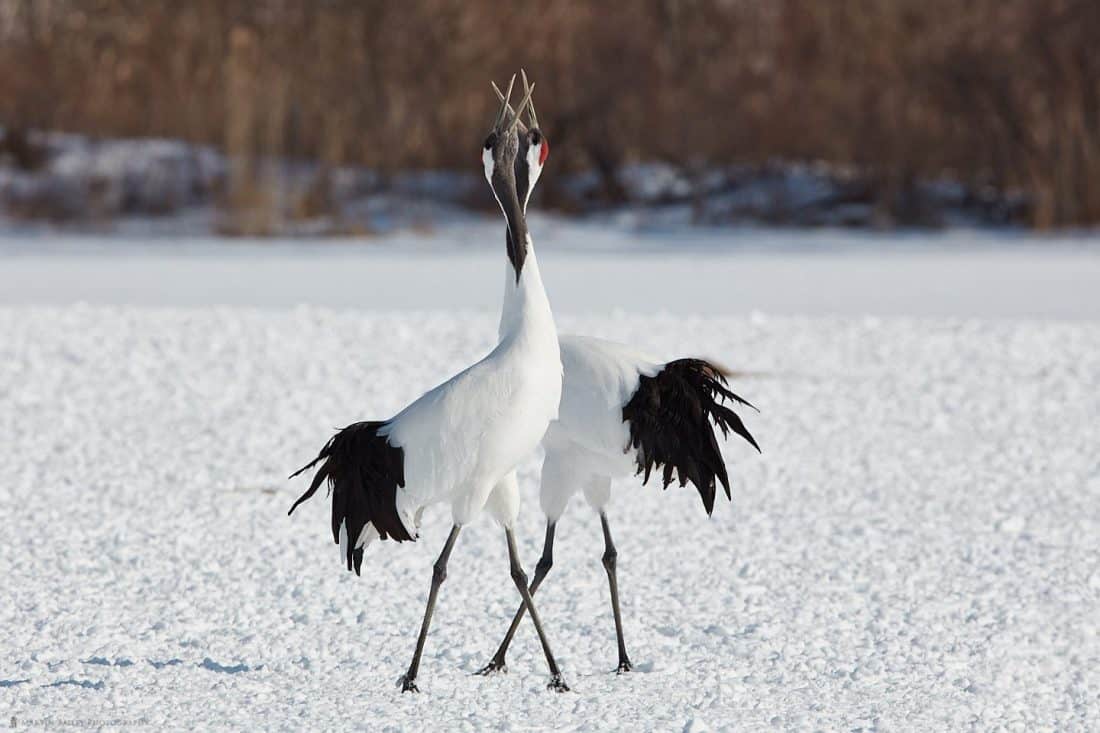
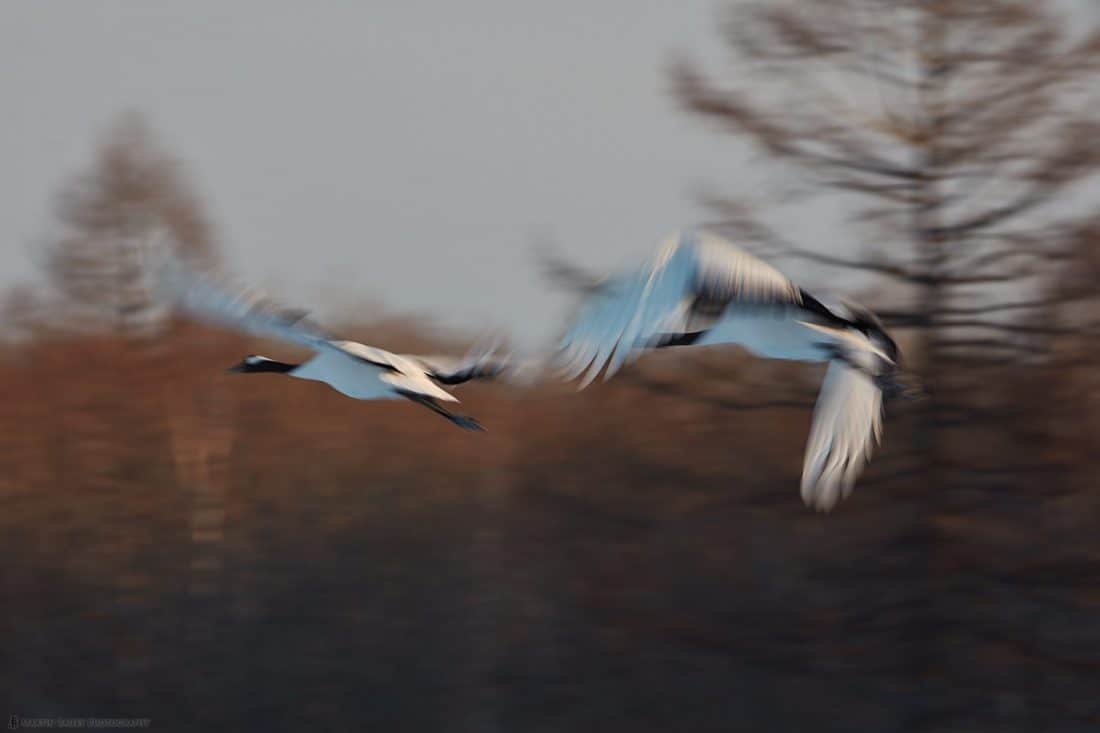
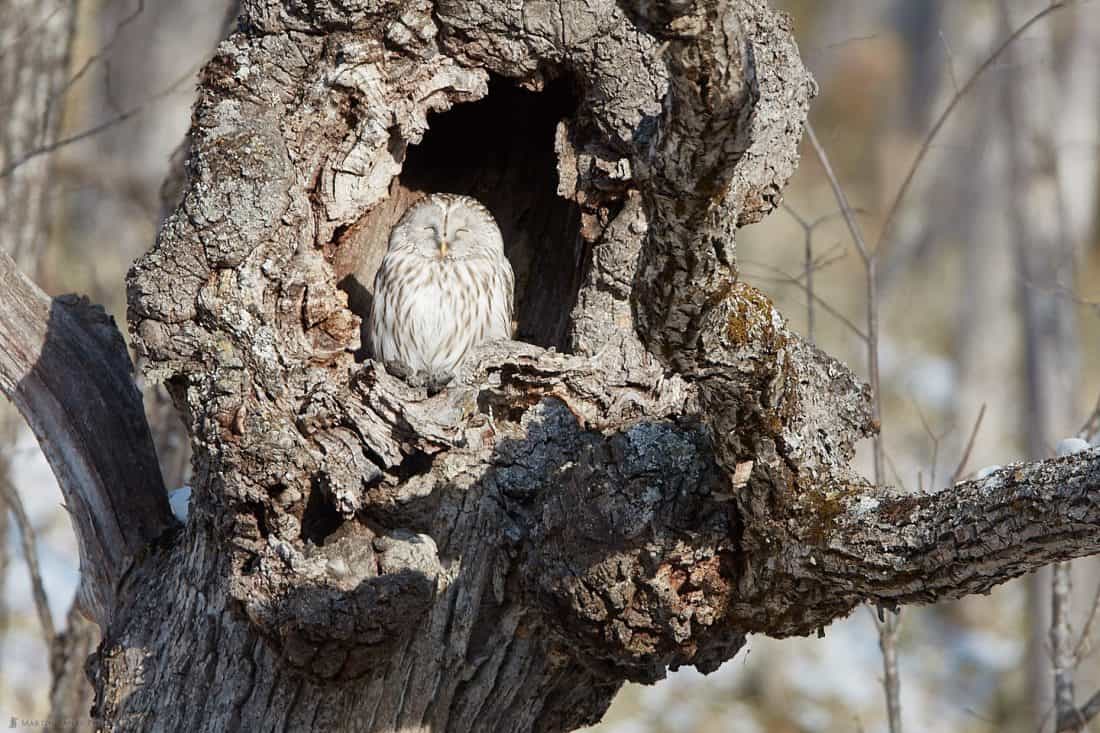
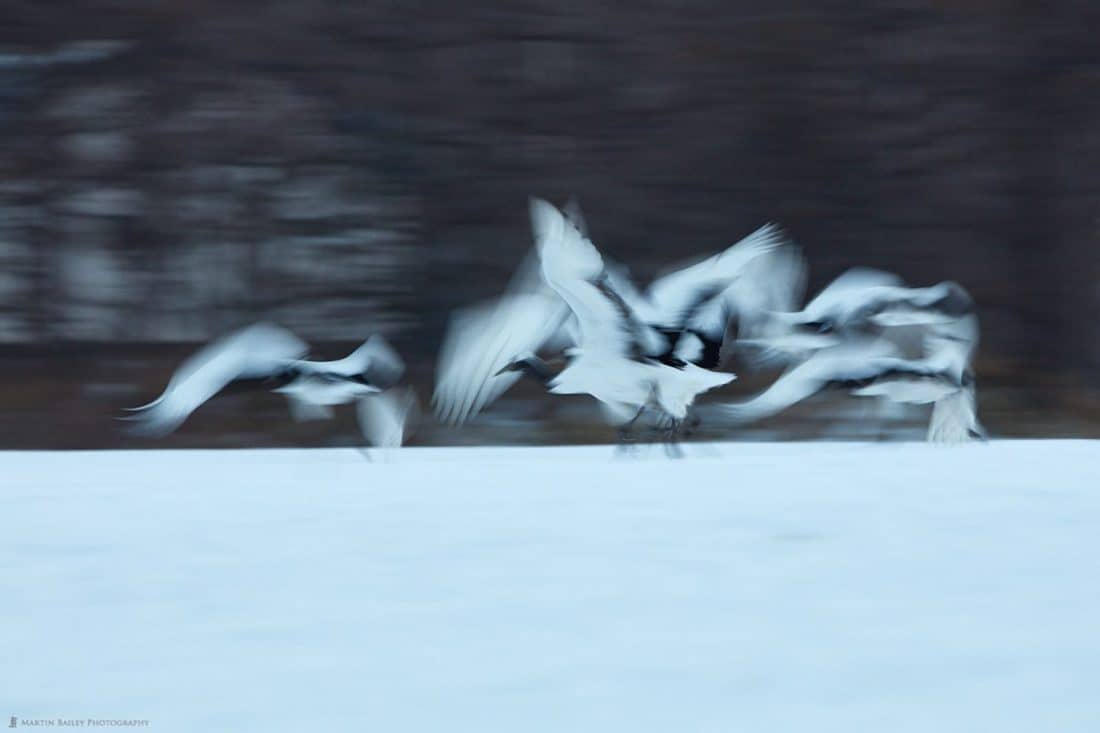

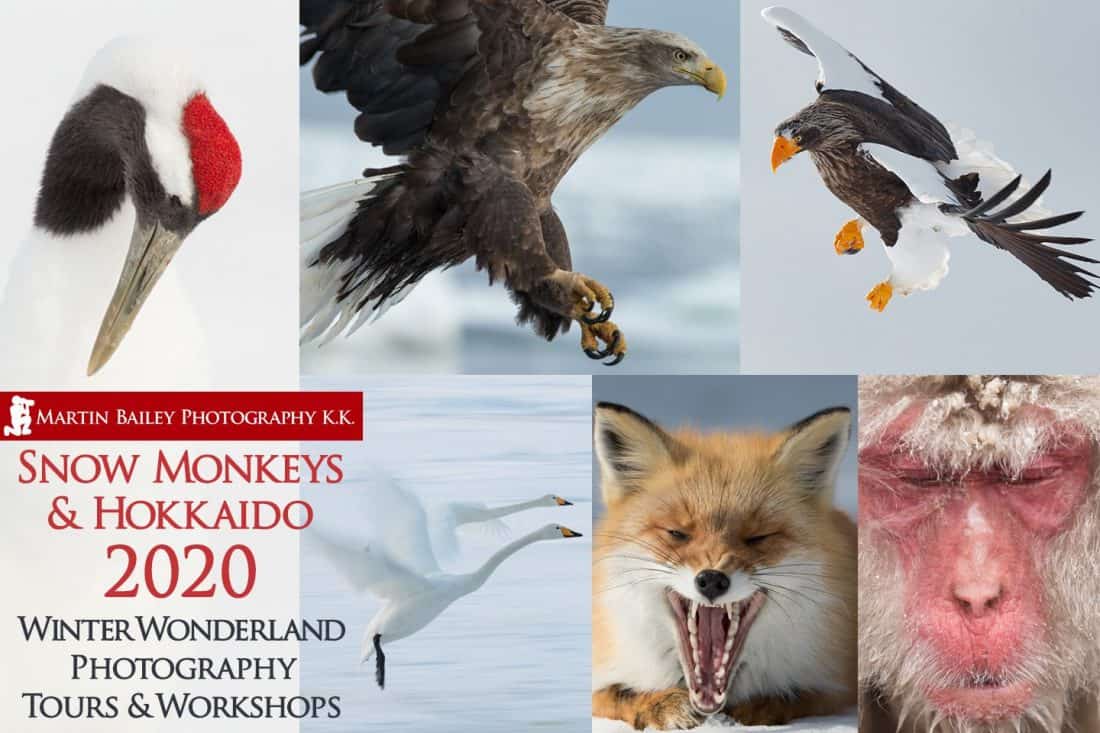

great podcast as usual … excellent description of photo creation and experience. Thank you.
Hi Neil,
Sorry for the late reply. I’ve just got back from the second wildlife tour. Last tour of this winter season!
Thanks for the kind words. I’m pleased you enjoyed this.
Regards,
Martin.
The level of photography is incredible an indeed and my personal favorite would be Crossing Cranes. I wonder, how long you must have waited to take the shot. I have no words to describe how beautiful it is.
Thanks so much Brandon!
That is something I keep an eye out for, but there are often too many cranes in the foreground and/or background to make it work. For the first time, possibly ever, they did this for me with no other cranes over the main two!
I’m really pleased you like it.
Regards,
Martin.
That last photo of the snow monkeys is fantastic. I am pretty sure it is my favorite of all your snow monkey photos. I was immediately drawn to the young one’s big eyes, but that led me to the middle monkey’s face. Its face looks so tired, relaxed, and soothed all at the same time.
For some reason the middle one looks male to me, but I know nothing of the species. Is there a way to sex them by facial features?
Thanks, Josh!
I’m really pleased you like that one. I certainly agree that it’s one of my best, if not my best snow monkey shot. There’s something about it that grabs me too.
The one in the middle looks male to me too, and so does the one on the right. I’m not aware of a way to tell by their faces, but often they just look slightly more masculine.
Thanks for taking the time to post!
Cheers,
Martin.